SCES015M JULY 1995 – June 2015 SN74ALVCH16245
PRODUCTION DATA.
- 1 Features
- 2 Applications
- 3 Description
- 4 Revision History
- 5 Pin Configuration and Functions
- 6 Specifications
- 7 Parameter Measurement Information
- 8 Detailed Description
- 9 Application and Implementation
- 10Power Supply Recommendations
- 11Layout
- 12Device and Documentation Support
- 13Mechanical, Packaging, and Orderable Information
Package Options
Refer to the PDF data sheet for device specific package drawings
Mechanical Data (Package|Pins)
- DGG|48
- DL|48
- DGV|48
Thermal pad, mechanical data (Package|Pins)
Orderable Information
6 Specifications
6.1 Absolute Maximum Ratings
over operating free-air temperature range (unless otherwise noted)(1)| MIN | MAX | UNIT | |||
|---|---|---|---|---|---|
| VCC | Supply voltage | –0.5 | 4.6 | V | |
| VI | Input voltage(2)(3) | –0.5 | VCC + 0.5 | V | |
| VO | Output voltage(2)(3) | –0.5 | VCC + 0.5 | V | |
| IIK | Input clamp current | VI < 0 | –50 | mA | |
| IOK | Output clamp current | VO < 0 | –50 | mA | |
| IO | Continuous output current | ±50 | mA | ||
| Continuous current through each VCC or GND | ±100 | mA | |||
| Tstg | Storage temperature | –65 | 150 | °C | |
(1) Stresses beyond those listed under Absolute Maximum Ratings may cause permanent damage to the device. These are stress ratings only, and functional operation of the device at these or any other conditions beyond those indicated under Recommended Operating Conditions is not implied. Exposure to absolute-maximum-rated conditions for extended periods may affect device reliability.
(2) The input negative-voltage and output voltage ratings may be exceeded if the input and output current ratings are observed.
(3) This value is limited to 4.6 V maximum.
6.2 ESD Ratings
| VALUE | UNIT | |||
|---|---|---|---|---|
| V(ESD) | Electrostatic discharge | Human body model (HBM), per ANSI/ESDA/JEDEC JS-001, all pins(1) | 2000 | V |
| Charged-device model (CDM), per JEDEC specification JESD22-C101, all pins(2) | 1000 | |||
(1) JEDEC document JEP155 states that 500-V HBM allows safe manufacturing with a standard ESD control process.
(2) JEDEC document JEP157 states that 250-V CDM allows safe manufacturing with a standard ESD control process.
6.3 Recommended Operating Conditions
See (1).| MIN | MAX | UNIT | |||
|---|---|---|---|---|---|
| VCC | Supply voltage | 1.65 | 3.6 | V | |
| VIH | High-level input voltage | VCC = 1.65 V to 1.95 V | 0.65 × VCC | V | |
| VCC = 2.3 V to 2.7 V | 1.7 | ||||
| VCC = 2.7 V to 3.6 V | 2 | ||||
| VIL | Low-level input voltage | VCC = 1.65 V to 1.95 V | 0.35 × VCC | V | |
| VCC = 2.3 V to 2.7 V | 0.7 | ||||
| VCC = 2.7 V to 3.6 V | 0.8 | ||||
| VI | Input voltage | 0 | VCC | V | |
| VO | Output voltage | 0 | VCC | V | |
| IOH | High-level output current | VCC = 1.65 V | –4 | mA | |
| VCC = 2.3 V | –12 | ||||
| VCC = 2.7 V | –12 | ||||
| VCC = 3 V | –24 | ||||
| IOL | Low-level output current | VCC = 1.65 V | 4 | mA | |
| VCC = 2.3 V | 12 | ||||
| VCC = 2.7 V | 12 | ||||
| VCC = 3 V | 24 | ||||
| Δt/Δv | Input transition rise or fall rate | 10 | ns/V | ||
| TA | Operating free-air temperature | –40 | 85 | °C | |
(1) All unused control inputs of the device must be held at VCC or GND to ensure proper device operation. Refer to the TI application report, Implications of Slow or Floating CMOS Inputs, SCBA004.
6.4 Thermal Information(1)
| THERMAL METRIC(1) | SN74ALVCH16245 | UNIT | |||||
|---|---|---|---|---|---|---|---|
| DGG (TSSOP)(2) |
DGV (TVSOP)(2) |
DL (SSOP)(2) |
GQL/ZQL (BGA MICROSTAR JUNIOR)(2) | GRD/ZRD (BGA MICROSTAR JUNIOR)(2) | |||
| 48 PINS | 48 PINS | 48 PINS | 56 PINS | 54 PINS | |||
| RθJA | Junction-to-ambient thermal resistance | 70 | 58 | 63 | 42 | 36 | °C/W |
(1) For more information about traditional and new thermal metrics, see the Semiconductor and IC Package Thermal Metrics application report, SPRA953.
(2) The package thermal impedance is calculated in accordance with JESD 51-7.
6.5 Electrical Characteristics
over recommended operating free-air temperature range (unless otherwise noted)| PARAMETER | TEST CONDITIONS | VCC | MIN | TYP(1) | MAX | UNIT | ||
|---|---|---|---|---|---|---|---|---|
| VOH | IOH = –100 µA | 1.65 V to 3.6 V | VCC – 0.2 | V | ||||
| IOH = –4 mA | 1.65 V | 1.2 | ||||||
| IOH = –6 mA | 2.3 V | 2 | ||||||
| IOH = –12 mA | 2.3 V | 1.7 | ||||||
| 2.7 V | 2.2 | |||||||
| 3 V | 2.4 | |||||||
| IOH = –24 mA | 3 V | 2 | ||||||
| VOL | IOL = 100 µA | 1.65 V to 3.6 V | 0.2 | V | ||||
| IOL = 4 mA | 1.65 V | 0.45 | ||||||
| IOL = 6 mA | 2.3 V | 0.4 | ||||||
| IOL = 12 mA | 2.3 V | 0.7 | ||||||
| 2.7 V | 0.4 | |||||||
| IOL = 24 mA | 3 V | 0.55 | ||||||
| II | VI = VCC or GND | 3.6 V | ±5 | µA | ||||
| II(hold) | VI = 0.58 V | 1.65 V | 25 | µA | ||||
| VI = 1.07 V | 1.65 V | –25 | ||||||
| VI = 0.7 V | 2.3 V | 45 | ||||||
| VI = 1.7 V | 2.3 V | –45 | ||||||
| VI = 0.8 V | 3 V | 75 | ||||||
| VI = 2 V | 3 V | –75 | ||||||
| VI = 0 to 3.6 V(2) | 3.6 V | ±500 | ||||||
| IOZ(3) | VO = VCC or GND | 3.6 V | ±10 | µA | ||||
| ICC | VI = VCC or GND, | IO = 0 | 3.6 V | 40 | µA | |||
| ΔICC | One input at VCC – 0.6 V, | Other inputs at VCC or GND | 3 V to 3.6 V | 750 | µA | |||
| Ci | Control inputs | VI = VCC or GND | 3.3 V | 4 | pF | |||
| Cio | A or B ports | VO = VCC or GND | 3.3 V | 8 | pF | |||
(1) All typical values are at VCC = 3.3 V, TA = 25°C.
(2) This is the bus-hold maximum dynamic current. It is the minimum overdrive current required to switch the input from one state to another.
(3) For I/O ports, the parameter IOZ includes the input leakage current.
6.6 Switching Characteristics
over recommended operating free-air temperature range (unless otherwise noted) (see Figure 7)| PARAMETER | FROM (INPUT) |
TO (OUTPUT) |
VCC = 1.8 V | VCC = 2.5 V ± 0.2 V |
VCC = 2.7 V | VCC = 3.3 V ± 0.3 V |
UNIT | |||
|---|---|---|---|---|---|---|---|---|---|---|
| TYP | MIN | MAX | MIN | MAX | MIN | MAX | ||||
| tpd | A or B | B or A | See(1) | 1 | 3.7 | 3.6 | 1 | 3 | ns | |
| ten | OE | A or B | See(1) | 1 | 5.7 | 5.4 | 1 | 4.4 | ns | |
| tdis | OE | A or B | See(1) | 1 | 5.2 | 4.6 | 1 | 4.1 | ns | |
(1) This information was not available at the time of publication.
6.7 Operating Characteristics
TA = 25°C| PARAMETER | TEST CONDITIONS | VCC = 1.8 V | VCC = 2.5 V | VCC = 3.3 V | UNIT | |||
|---|---|---|---|---|---|---|---|---|
| TYP | TYP | TYP | ||||||
| Cpd | Power dissipation capacitance |
Outputs enabled | CL = 50 pF, | f = 10 MHz | See(1) | 22 | 29 | pF |
| Outputs disabled | See(1) | 4 | 5 | |||||
(1) This information was not available at the time of publication.
6.8 Typical Characteristics
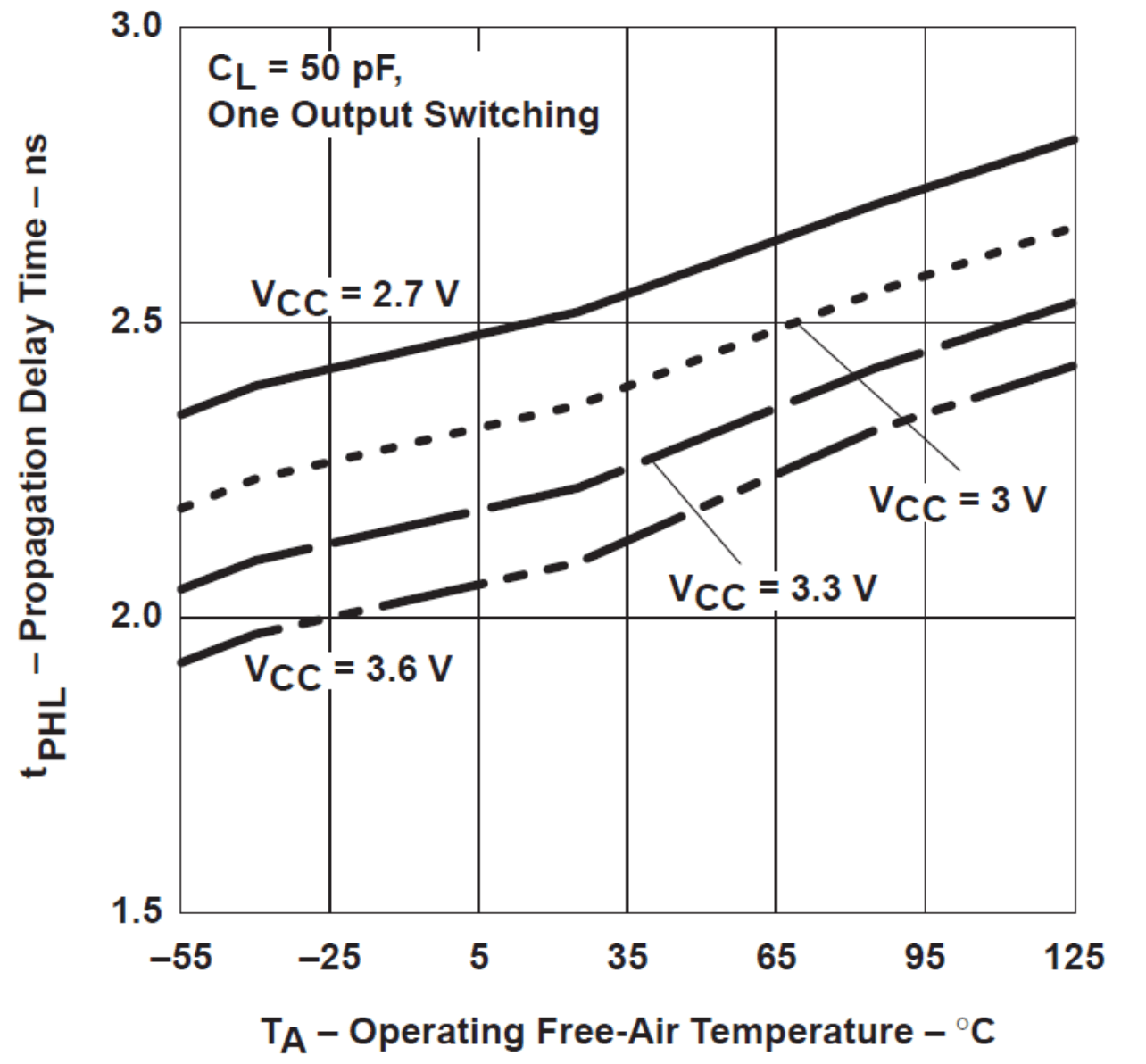 Figure 1. Propagation Delay Time vs Operating Free-Air Temperature
Figure 1. Propagation Delay Time vs Operating Free-Air Temperature
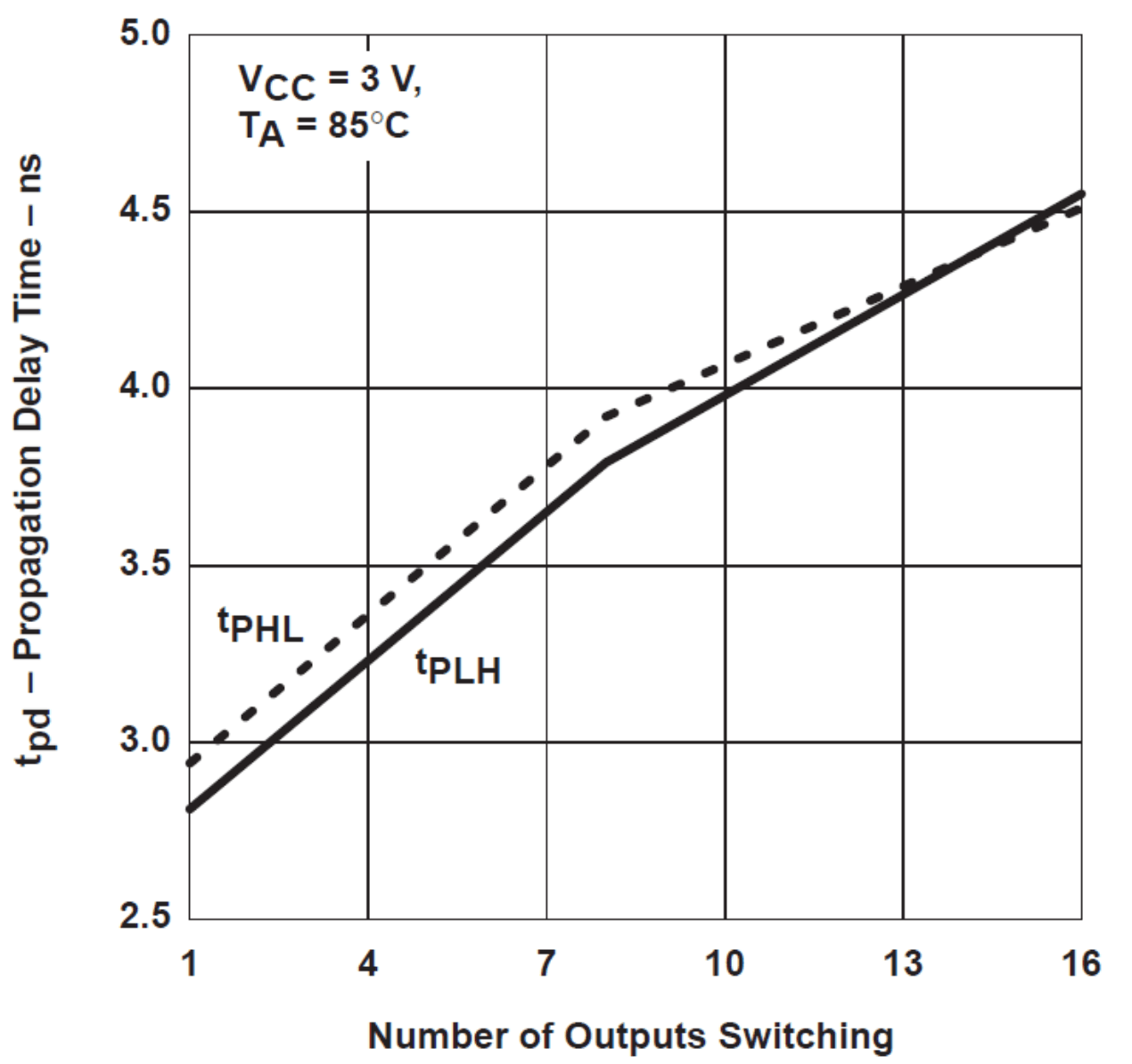 Figure 3. Propagation Delay Time vs Number of Outputs Switching
Figure 3. Propagation Delay Time vs Number of Outputs Switching
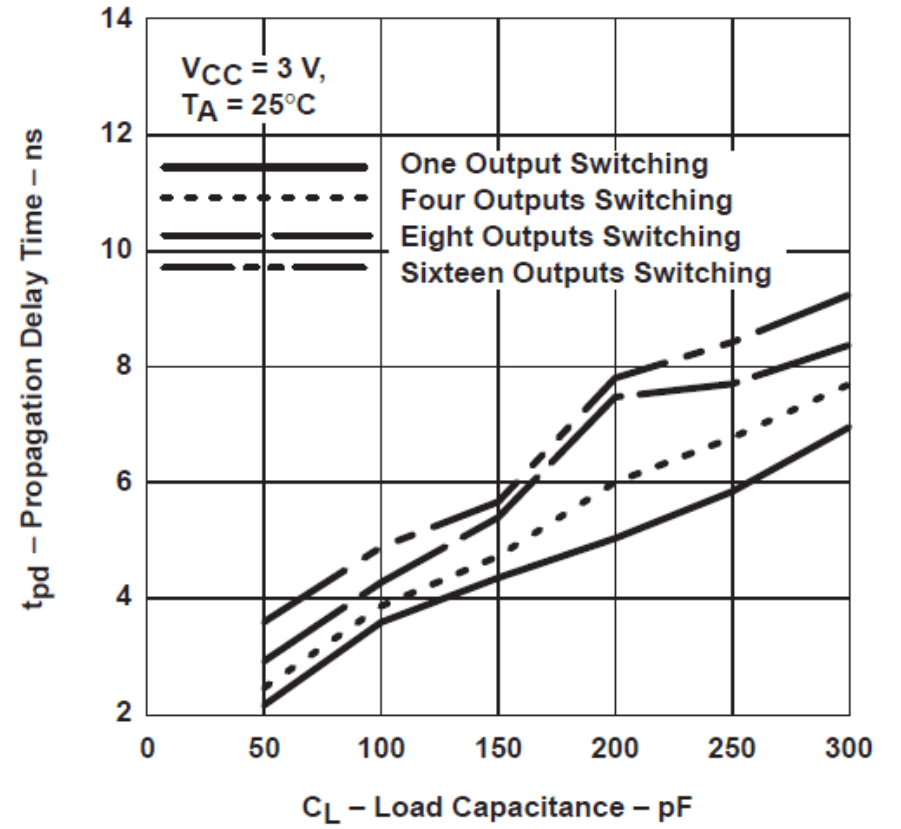 Figure 5. Propagation Delay Time vs Load Capacitancc
Figure 5. Propagation Delay Time vs Load Capacitancc
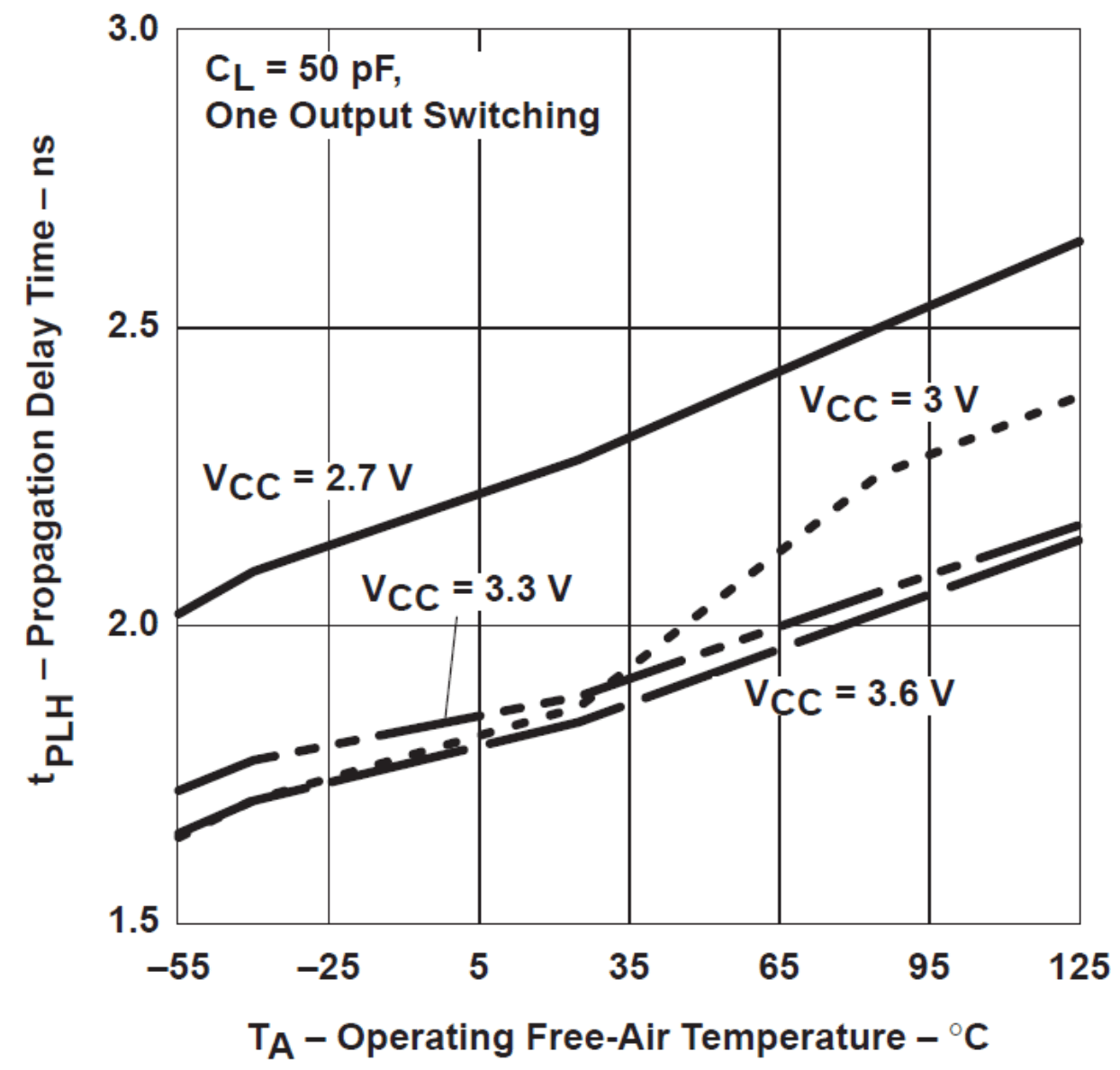 Figure 2. Propagation Delay Time vs Operating Free-Air Temperature
Figure 2. Propagation Delay Time vs Operating Free-Air Temperature
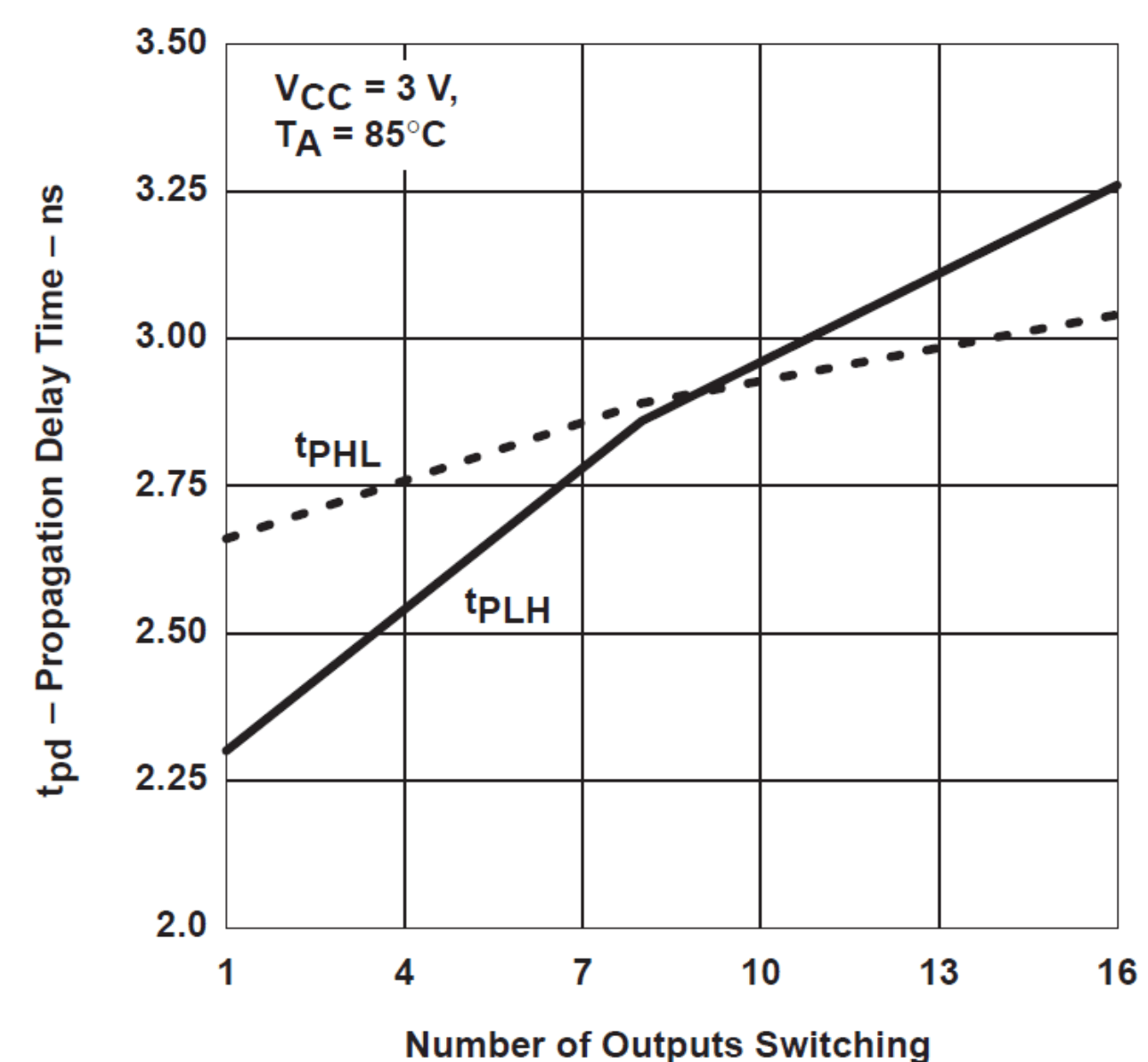 Figure 4. Propagation Delay Time vs Number of Outputs Switching
Figure 4. Propagation Delay Time vs Number of Outputs Switching
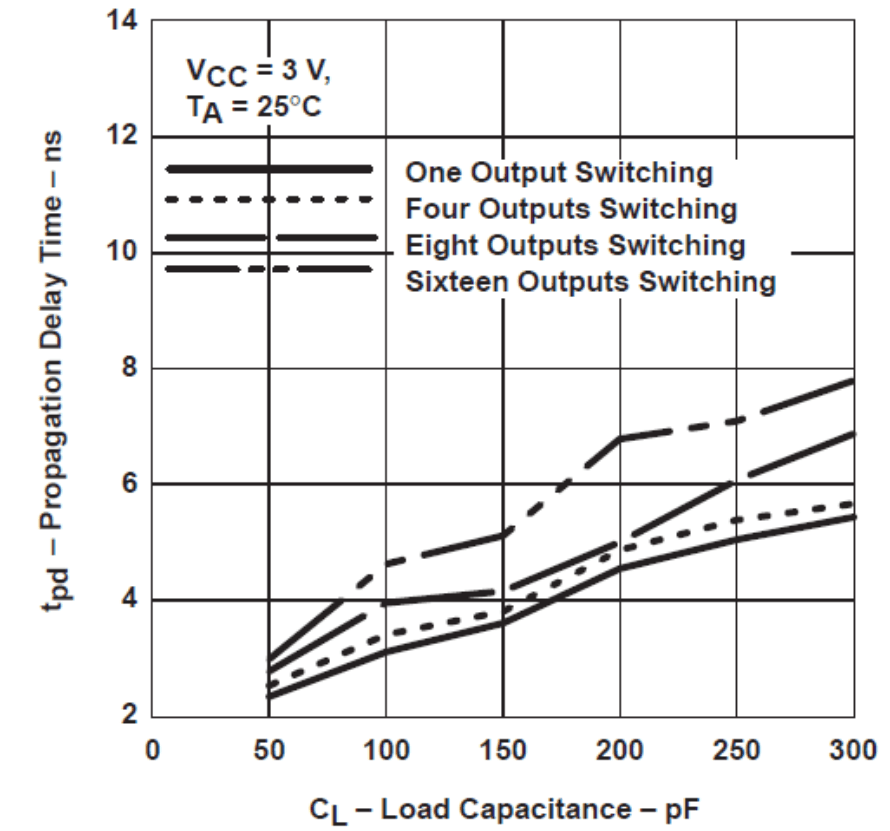 Figure 6. Propagation Delay Time vs Load Capacitance
Figure 6. Propagation Delay Time vs Load Capacitance